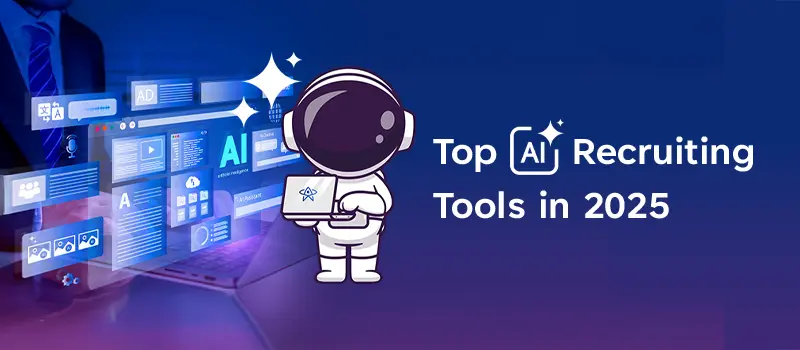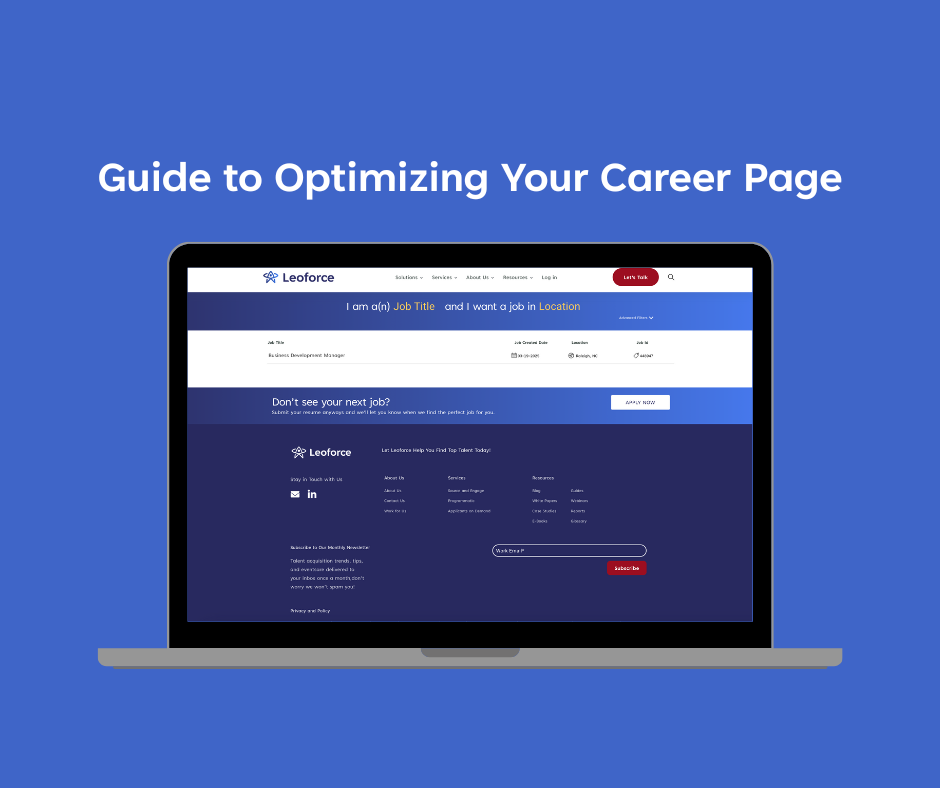How to effectively support employees coping with anxiety

Employee anxiety in the workplace continues to rise. And just like the COVID pandemic, anxiety doesn’t appear to be subsiding anytime soon.
With everyone facing inflation, infection, and a host of stressors, the effects of anxiety can spill over to places of employment. A survey conducted by the Anxiety Disorders Association of America (ADAA) revealed the following about American employees:
- 72% of people who have daily stress and anxiety say it interferes with their lives at least moderately
- 40% experience persistent stress or excessive anxiety in their daily lives
- 30% with daily stress have taken prescription medication to manage stress, nervousness, emotional problems, or lack of sleep
- 28% have had an anxiety or panic attack
Many businesses once viewed this reality as a personal matter, unrelated to the task at hand. Today’s leaders, however, must realize that workplace anxiety affects both the company and the individual.
Supporting employees by effectively managing work-related anxiety allows businesses to thrive, find and retain talent, and prevent turnover.
Anxiety’s Purpose and Potential in the Workplace
Biologically, anxiety serves us well. The shot of adrenaline from our nervous system functions as nature’s “performance drug,” allowing us to meet a challenge or perceived threat.
Therefore, hiring candidates with anxiety isn’t necessarily a drawback. These candidates can be conscientious and committed to meeting expectations. They’re achievers, with their nervous tendencies motivating them to take action. Research also indicates that anxiety is positively correlated to intelligence.
By itself, anxiety is an indicator of neither a candidate’s exceptional potential nor inferior job performance.
Suggested reading on workplace productivity: Unlocking the Hidden Talent Pool
Rather, it’s one among many influencing factors. And the Leoforce platform helps recruiters evaluate the entire picture of a potential employee.
Symptoms of Anxiety in Candidates for Employment
Recruiters are most likely to notice indications of anxiety among candidates during an interview. These indicators may include verbal cues such as fast speech or a slight tremor in the voice. Or physical manifestations like repetitive yawning, nervous gestures, or tapping (foot, pencil, etc.).
Support During the Job-Seeking Process
If you notice symptoms of anxiety in a candidate, don’t draw attention to them. Besides making the situation more uncomfortable, drawing attention could violate the Americans with Disabilities Act (ADA). The diagnosis of an anxiety disorder falls under this protected status, and candidates are not required to disclose or discuss their condition.
Instead, consider the following to put a candidate at ease:
- Greet the candidate by name, offering a handshake and a smile. Stand and approach them to welcome them.
- Avoid circumstances that create intimidation such as excessive distance from the applicant or physical barriers like a desk or podium. Position the room so that the candidate is on an equal level.
- Introduce yourself first, allowing the applicant to relax and relate to something you have in common. Avoid emphasizing your accomplishments or superior position.
- Mention something relevant about the candidate from their resume that shows you’re interested in their potential fit.
- Listen attentively and minimize note-taking. Smile and nod periodically. Make eye contact.
- Facilitate the interview as a conversation rather than an inquisition.
- Close the interview by communicating the next steps. A prolonged wait for interview results is difficult for most candidates, and it can be excruciating for those with anxiety.
Symptoms of Anxiety in Employees
Employers are well situated to notice signs of anxiety in their people. Besides physical mannerisms, these symptoms can include difficulty concentrating, indecisiveness, restlessness, or edginess. Those prone to anxiety may also suffer from chronic headaches or stomach issues.
Employees aren’t required to come forward about their anxiety issues. However, an environment that transparently supports and advocates for mental health will encourage people to speak openly. This culture results in a best-case scenario where staff and management work together to accommodate this condition.
Solutions to Balancing Work-Related Anxiety
Keeping employees with anxiety motivated to perform shouldn’t be an issue. Their near-constant adrenaline can propel them forward.
Suggested reading on talent acquisition: How to stand out in a candidate-driven market
However, extreme anxiety can either cause debilitating panic attacks or excessive worry that leads to inaction. The key to avoiding these extremes is to create a culture that minimizes work-related anxiety and champions mental health.
Minimizing Work-Related Anxiety
According to the ADAA Survey cited at the beginning of this article, the main sources of employee anxiety are:
- Deadlines (55%)
- Interpersonal relationships (53%)
- Staff management (50%)
- Dealing with issues/problems that arise (49%)
These triggers can’t be eliminated, but they can be controlled by communication. For instance, managers should give advance notice about deadlines and clearly communicate expectations. Breaking assignments down into smaller steps can also be helpful.
Regarding interpersonal stressors, a company culture that respects and supports all employees and implements a no-recrimination policy when things go wrong also gives personnel a solid foundation. Anxiety levels are much more manageable with an underlying foundation of trust in management.
Certain accommodations can also be helpful for people who are chronically anxious:
- Access to a workspace with a level of quiet and privacy whenever possible
- Flexible work hours as long as deadlines and expectations are met
- Unscheduled breaks as needed for employees to practice coping mechanisms – a walk, some sunshine, or breathing exercises can provide a crucial reset
Championing Mental Health
Is your organization committed to a culture that validates mental health? This validation can look like frequent focus groups, breakout sessions, and presentations. It could also include Q&A sessions with therapists, meetings with wellbeing coaches, and access to other professional resources.
However, none of these strategies replace one-on-one interaction. Cathleen Swody, organizational psychologist and founder of Thrive Leadership, notes:
“The most important request I hear is for managers to demonstrate empathy and understanding to employees. Your employees are not robots. Ask them how they are doing and listen.”
Want to Give Candidates a Positive Experience?
Meet anxious candidates where they are on a stress-free platform, through talk, text, email, or chatbot. Our AI recruiting platform, Leoforce, empowers you to manage all your candidate communications through one easy-to-use dashboard.
Suggested reading on AI recruitment: Discover how AI is being leveraged for the recruiting industry
Candidates want their experiences to be personalized. Not only does Leoforce automatically engage with candidates on your behalf, but the platform will send personal follow-ups, answer questions, and schedule interviews behind the scenes in real-time.
Get a free demo to discover how Leoforce identifies, analyzes, and sources candidates who are the right fit.
Resources
- https://adaa.org/workplace-stress-anxiety-disorders-survey
- https://hbr.org/1985/03/whos-liable-for-stress-on-the-job
- https://hiring.monster.com/resources/workforce-management/company-culture/work-related-anxiety/





